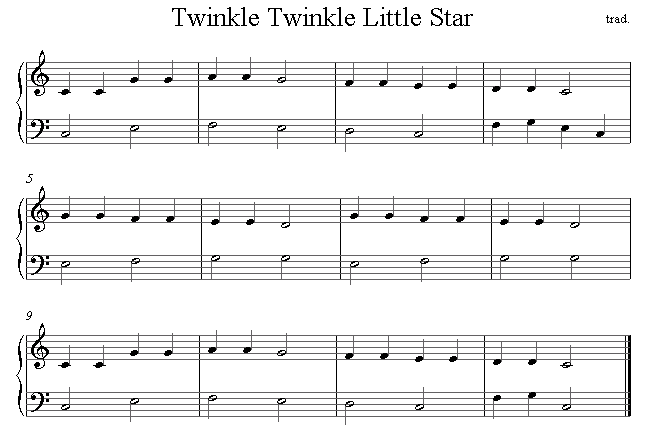When I'm looking for phrasing, I like to think of it as "musical resting places." It's really tied to performance, so always bear in mind whether it would sound right if you played a phrase there.
Usually phrases are pretty evident, so this answer is focused on times when they aren't. Often, if you can't see the phrases clearly, there's more than one possible way to do it.
What kind of music are you looking at?
If you're looking at rock music, phrases are going to be generally of approximately equal length and cued by rhythmic changes. Most vocal art music will have a mix of phrase lengths and can be divided based on melody contour and breath marks. Be aware of how the style you're looking at is normally phrased.
I am a percussionist, so I'm often playing avant-garde music where phrases are hard to spot, but important to making sense of the sound.
Types of Resting Places
This is often determined by the genre of music, but generally it will be some combination of these factors. Each individually is not usually enough to delimit a phrase, but if you see two or three, it's a good bet.
Rhythm is often a cue of the position within a phrase. Frequently a rhythmic motif will occur in similar locations in a phrase. Sustained pitches in the melody voice are often a resting place.
Harmony, generally cadences or other strong progressions, can also be a signal. A change in the overall harmonic motion can also signal you've started a new phrase. If you've been progressing I-IV-V-vi and find yourself playing IV-ii-V-I, you might have had a new phrase. As Dom pointed out, the harmonic rhythm is often an indicator as well.
Melody can also signal a phrase. In many types of music, phrases fall from a high point. When you leap back up, it's probably a new phrase.
Text is an indicator in a lot of music. It seems simple but sometimes it's easy to overlook. Generally well-set music will follow the punctuation of any text.
Notation. I often find that some of the phrases are marked but not all of them, especially in transcriptions of folk music. Look for patterns similar to the ones that are marked.
Elided/Overlapping Phrases
In polyphonic music, be aware that it's common to have overlapping phrases between the voices. These are harder to spot and often subject to interpretation.
In any case, remember that music is to be heard and performed* and that phrasing is based on how your brain perceives the sound of the music. The composer was hearing a sound, and you're trying to recreate their thoughts. Whenever I try to mark phrases academically, I generally end up with at least some erroneous results.
*I don't know of phrasing in danger music. But in that case it's ok to analyze without trying to hear it.

